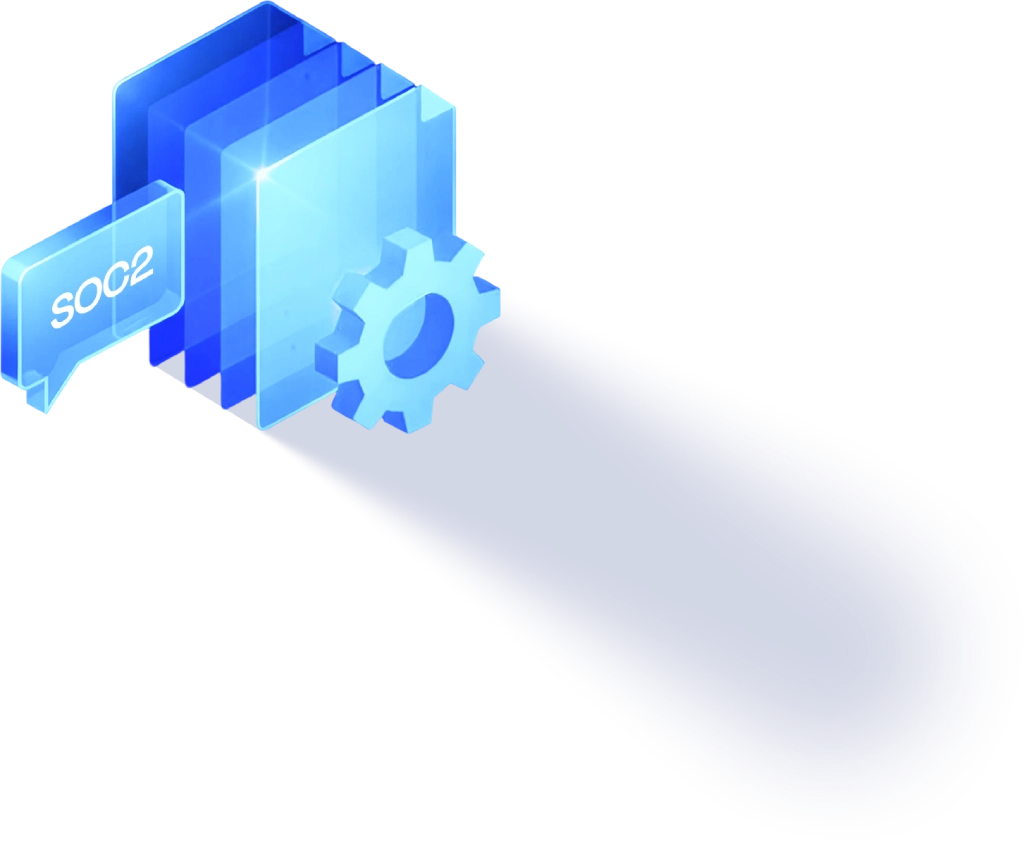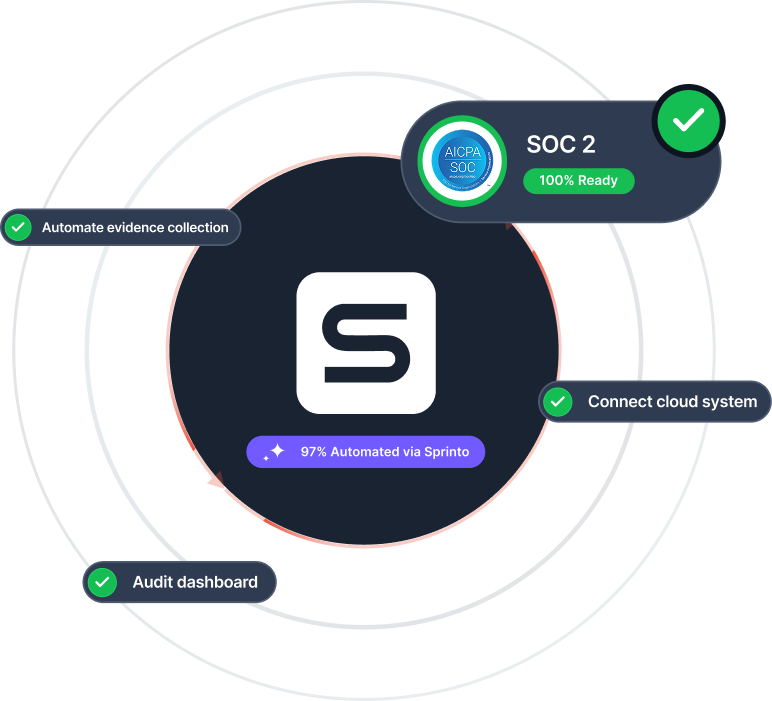What falls within scope?
Overview of SOC 2 requirements
SOC 2 doesn’t audit your entire company, it audits the part that delivers a specific service to customers. That’s your system boundary, commonly known as scope. Defining it is the first real step in your SOC 2 journey. Your SOC 2 scope depends on the services you offer, the regulatory environment, internal risk appetite, and third-party integrations.
The goal is to identify every moving piece that supports the delivery of that service. That includes:
What’s being offered – the specific product or service you’re putting up for audit.
Where it runs – cloud platforms, data centers, servers, and third-party infrastructure.
Who runs it – teams like engineering, support, HR, or IT that interact with systems or data.
What powers it – internal tools, SaaS apps, CI/CD pipelines, ticketing systems, etc.
The goal is to identify every moving piece that supports the delivery of that service. That includes:
What’s being offered – the specific product or service you’re putting up for audit.
Where it runs – cloud platforms, data centers, servers, and third-party infrastructure.
Who runs it – teams like engineering, support, HR, or IT that interact with systems or data.
What powers it – internal tools, SaaS apps, CI/CD pipelines, ticketing systems, etc.
How To Define Your SOC 2 Scope
SOC Frameworks Overview
SOC 2 Basics
SOC 2 Compliance Process
SOC 2 Compliance Process
Sprinto: Your ally for all things compliance, risk, governance



